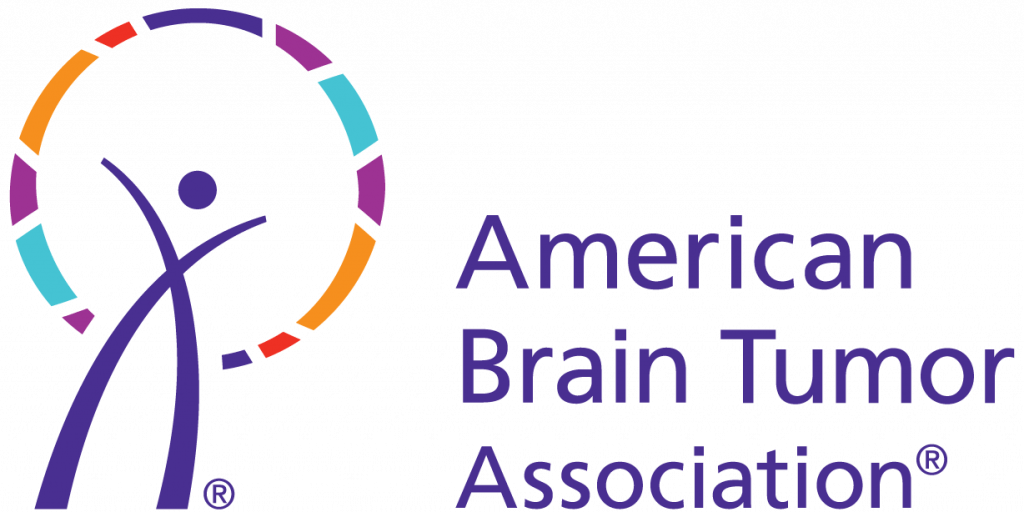 Jill Barnholtz-Sloan, PhD, is one of those people who loves mathematics and statistics. And she discovered early on that she felt an affinity to the medical field, specifically in cancer and brain tumors.
Jill Barnholtz-Sloan, PhD, is one of those people who loves mathematics and statistics. And she discovered early on that she felt an affinity to the medical field, specifically in cancer and brain tumors.
“I love the idea of using my math skills to better understand characteristics about diseases in populations. Brain tumors was especially interesting since we knew so little about risk and prognostic factors,” she says.
A professor and associate director of Bioinformatics/Translational Informatics at Case Comprehensive Cancer Center and the Cleveland Institute of Computational Biology, both at the School of Medicine at Case Western Reserve University, Barnholtz-Sloan remains grateful to the American Brain Tumor Association for a grant early in her career that allowed her to study racial/ethnic differences in brain tumors. While that was published decades ago, she says the topic is still being studied in her work with an international consortium of glioma epidemiologists.
Additionally, that grant was particularly helpful to her because it provided an avenue to generate data, which could then be published. “I commend them for their dedication to junior investigators, as these grants are critical for launching careers,” she says.
A quick glance at her lengthy resume indicates this researcher has a lot on her plate, including being scientific principal investigator for the Central Brain Tumor Registry of the United States (CBTRUS). The ABTA has been a sustaining CBTRUS partner for more than 25 years.
Some of the many challenges of brain tumors, according to Barnholtz-Sloan, include the highly infiltrative nature of brain tumor cells, which leave the tumor and travel to other parts of the brain where they are almost impossible to detect. These migrating cells have complex interactions with the surrounding normal brain and high proportion of patients develop recurrence of their brain tumors. “There are some very complicated things going on in any cancer cell, brain tumors are no exception.”
But the biggest challenge is the fact that current treatments seem to work for a time and then do not, she adds. With the advent of personalized treatments, she says patients are given drugs tailored to attack specific changes detected in their tumor cells, but, again, these treatments eventually become ineffective.
Calling her life’s work “an incredibly difficult challenge,” Barnholtz-Sloan is impressed and humbled by the selflessness and willingness of patients who participate in studies so that researchers can learn more about the disease. “Many patients have said to me: ‘I know I may not be alive to see the results of your work, but someone in the future will benefit from my participation.”
In our 45 years, the most dramatic advances are being made now.
Let’s put our brains together to stop brain tumors once and for all. Your donation makes a difference.
Sign up for our newsletter.
[gravityform id=”14″ title=”false” description=”false” tabindex=”100″]




